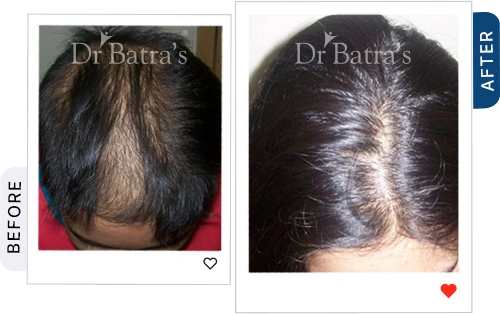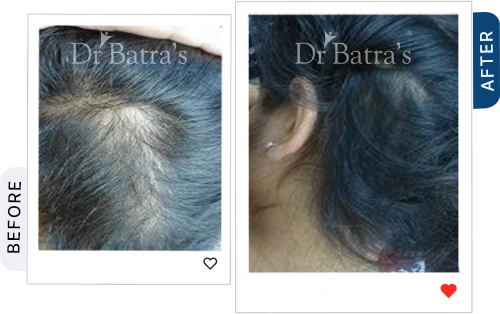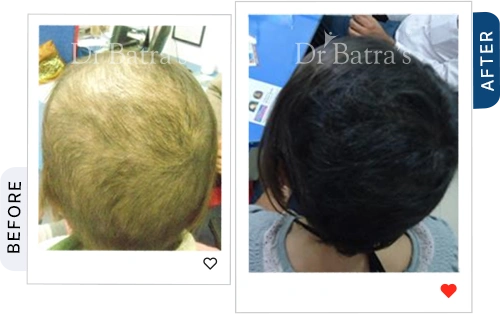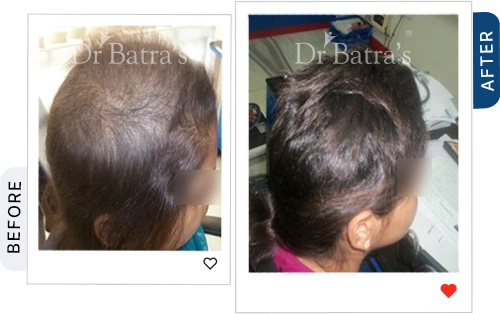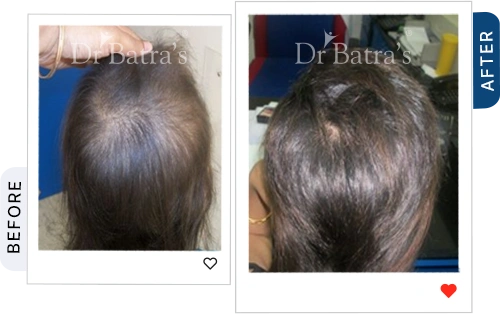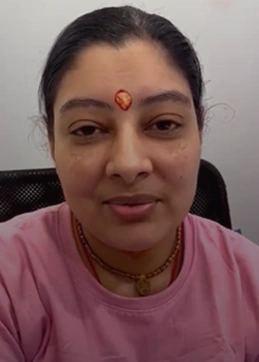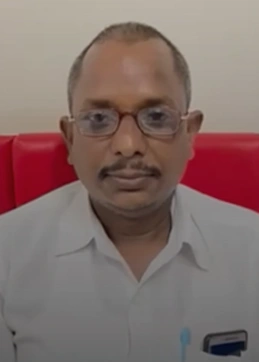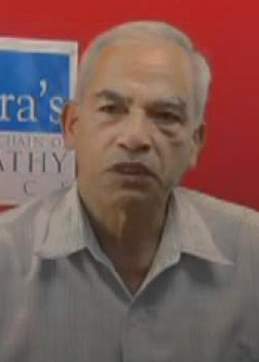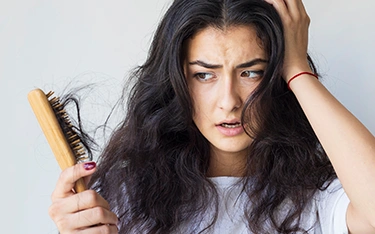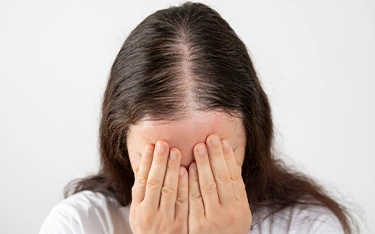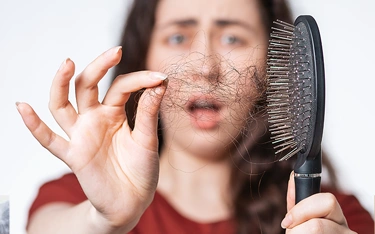For many, hair is a reflection of identity, confidence, and self-image. But for those living with trichotillomania, also known as hair-pulling disorder, their relationship with hair is often marked by frustration and distress. This impulse control disorder leads to an uncontrollable urge to pull out one’s hair, causing noticeable bald patches and emotional turmoil.
If you or someone you know is struggling with compulsive hair-pulling, this blog will help you understand the symptoms, triggers, and available treatment options, including safe and effective homeopathic remedies.
What is Trichotillomania?
Trichotillomania is a chronic psychological disorder characterised by repeated urges to pull out hair from the scalp, eyebrows, eyelashes, or other parts of the body. This condition often develops during childhood or adolescence and can continue to persist into adulthood if left untreated.
Individuals experiencing trichotillomania may find temporary relief after pulling out their hair, but this habit can lead to distress, social embarrassment, and long-term hair damage.
Symptoms of Trichotillomania
People with trichotillomania feel an overwhelming urge to pull out their hair, leading to tension and temporary relief once the hair is removed. Other common symptoms include:
- Repeatedly pulling out hair from the scalp, eyebrows, eyelashes, or other body parts
- Unsuccessful attempts to reduce or stop hair pulling
- Tension or anxiety before pulling hair or while resisting the urge
- A sense of relief or gratification after pulling hair
- Playing with, chewing, or biting pulled-out hair
- Pulling hair with a preference for specific textures or strands
- Noticeable bald patches or thinning hair
- Feelings of shame or embarrassment, leading to secretive behavior
- Easy to pull dominant hair.
- Visible signs include broken hair in the patch
- Lost in thoughts while reading, watching TV, etc.
Physical Symptoms of Trichotillomania
Hair pulling not only affects a person emotionally but also leaves visible signs like broken hair and the patches on the body, such as:
- Patchy bald spots on the scalp, eyebrows, or eyelashes
- Red, irritated skin where hair has been pulled
- Infections or scabs from repeated pulling
- Thinner, weaker hair that breaks easily
- Right hand, dominant hand
Emotional & Psychological Impact of Trichotillomania
Trichotillomania is not just a habit—it is an emotional struggle. The psychological effects include:
- Low self-esteem due to hair loss
- Guilt or shame after pulling hair
- Avoiding social interactions to hide bald patches
- Increased anxiety, depression, or obsessive thoughts
Automatic vs. Focused Hair Pulling – What’s the Difference?
Hair pulling can be classified into two types:
- Automatic Hair Pulling – People subconsciously pull their hair while watching TV, reading, or working, homework etc, lost in thoughts
- Focused Hair Pulling – Depending on their emotional state, some individuals experience a mix of both behaviors.
Some individuals experience a mix of both behaviors, depending on their emotional state.
Related Behaviours: Nail Biting, Skin Picking & More
Trichotillomania is often associated with other compulsive behaviours, such as:
- Nail biting (Onychophagia)
- Skin picking (Excoriation disorder)
- Lip or cheek biting
- Excessive scratching
These behaviours may provide temporary relief but can further damage skin and hair.
How Trichotillomania Affects Social Life and Self-Esteem
- Individuals may avoid social interactions to prevent others from noticing bald patches.
- Some develop anxiety and depression, feeling isolated and ashamed.
- In severe cases, people may wear wigs, scarves, or makeup to conceal hair loss.


